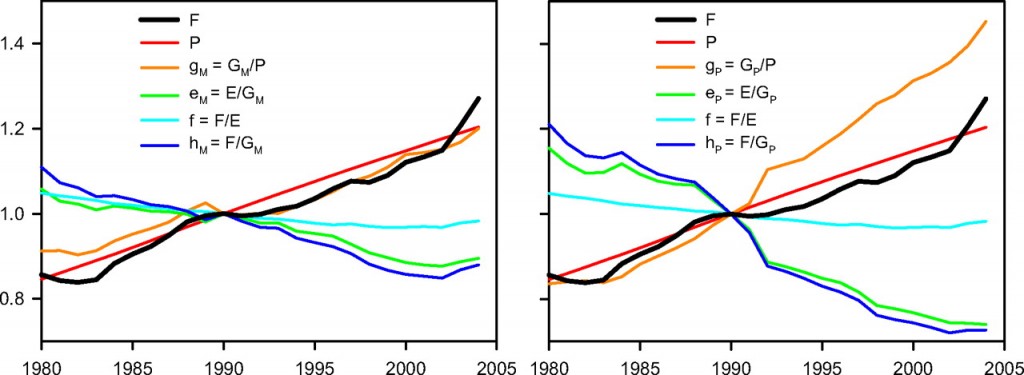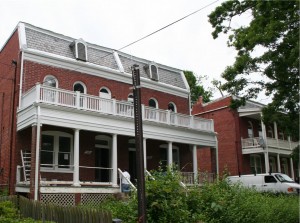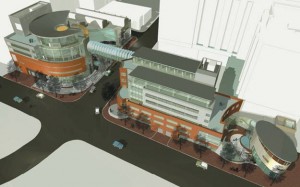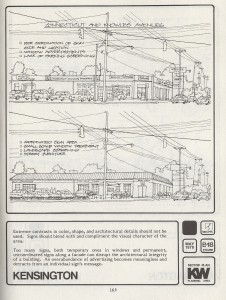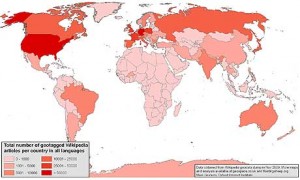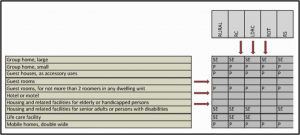
Saturday’s DC Garden Open Day, hosted by the Garden Conservancy, took us down the exclusive streets and well-screened back yards of six well-heeled — and pooled — Washingtonians (did my sons crawl under author Christopher Buckley’s trampoline?). We were about do head into another beautiful garden when my wife got my attention by asking “Is that a zinc house?”
Indeed it was. This house, at 3530 Newark Street, NW, was designed by Travis Price Architects and has a sleek LucasArts starship feel. Assumedly pre-weathered zinc cladding form an outer shield, with minimal openings and a blunt-faced bay on one side and a curved slicing edge on the other. Atop a stone base, the soft underbelly of this creature is mostly … Continue reading

